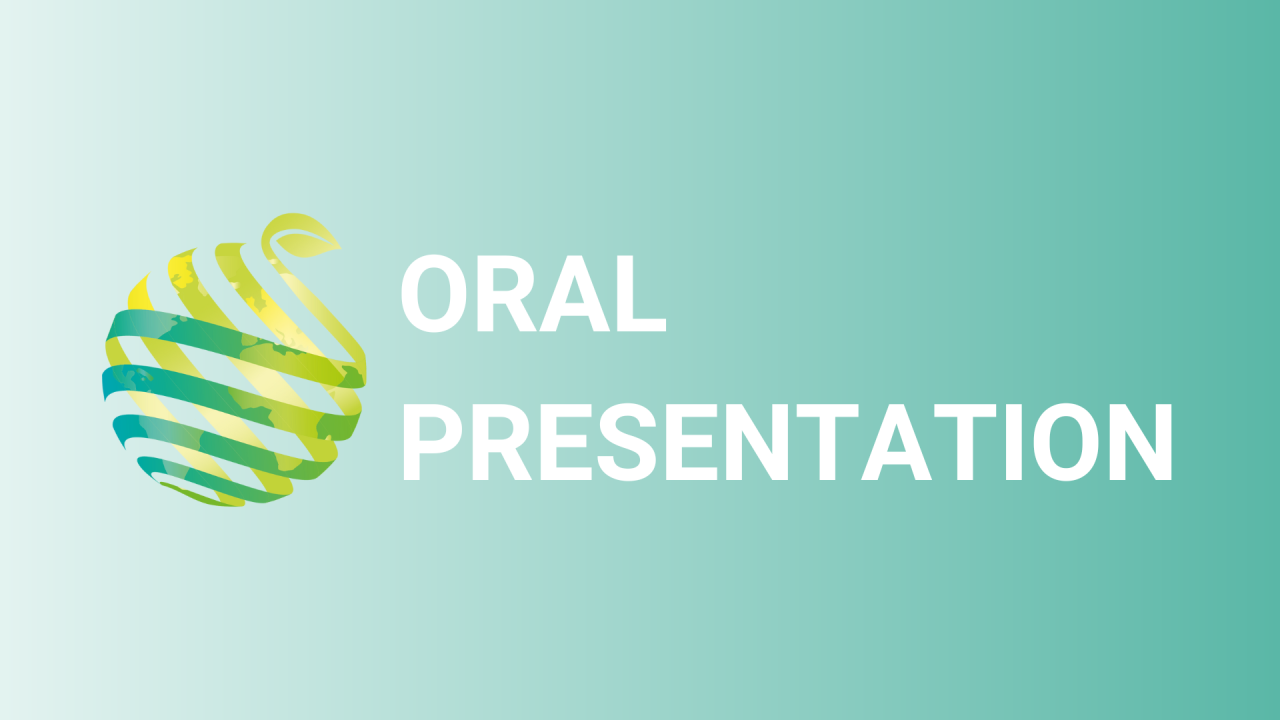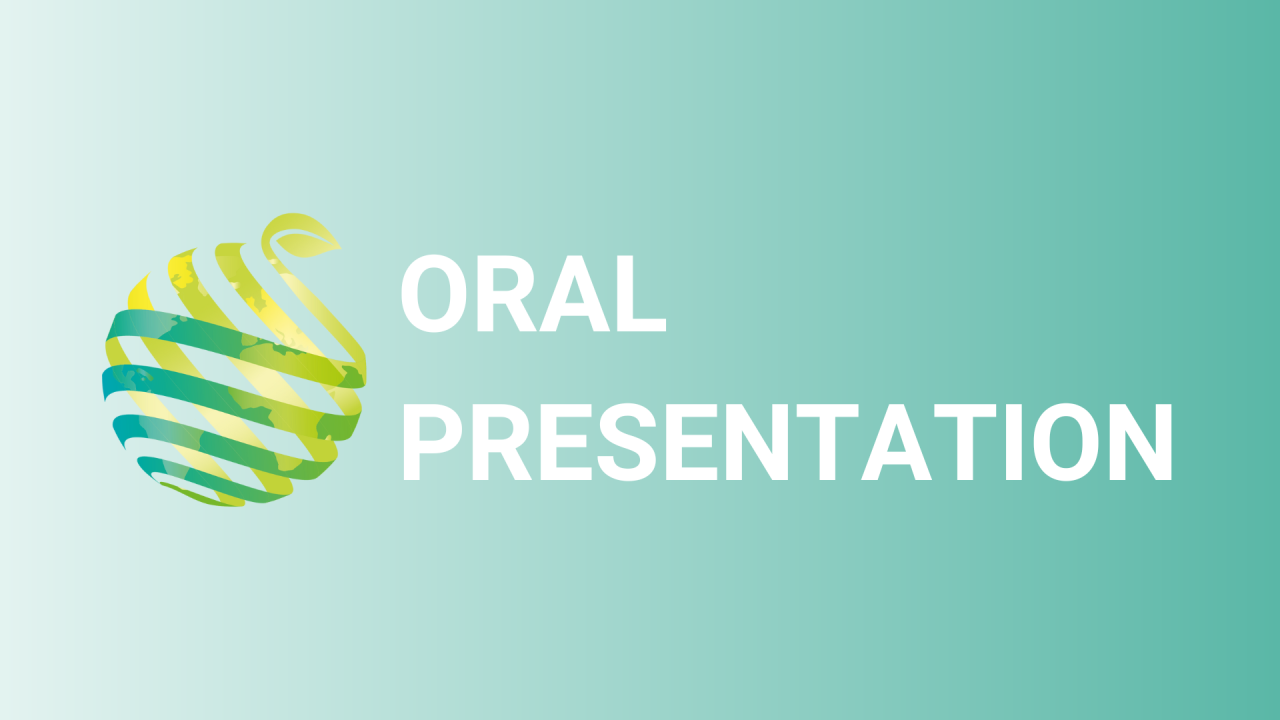

S13 - Session O3 - The potential influence of floral elemental content on pollination in avocados (Persea americana Mill.)
Information
Authors: Michelle Stanton *, Elsa S. Du Toit
In avocados ( Persea americana Mill.), very little research has been invested into determining how nutrient deficiencies specifically affect pollen development. In this study, the nutrient concentrations of avocado flowers were investigated with the aim of determining the influence thereof on pollen development and pollination. Samples from different cultivars, flower sexual phases, position within the canopy (top or bottom) and sampling location (a commercial orchard or non-commercial orchard) were processed using nitric acid (HNO₃) digestions followed by inductively coupled plasma (ICP) analytical methods. There were a range of significant differences detected for the various elements, including potassium, boron, phosphorous, and calcium. Flowers of different cultivars, sexual phase and sampling location accumulated these nutrients indistinct ways. Furthermore, this study revealed the limited research that has been conducted into the role that these and other elements play in the development of avocado pollen. In terms of the influence of floral elemental content on pollination, phosphorous was detected in excessive amounts in many samples. Phosphorous is a known honey bee repellant and may contribute to the honey bees non-preference for avocado flowers. This may exacerbate the problem of sub-optimal pollination in commercial orchards. Finally, by comparing the elemental content of the leaves and flowers we showed that elements tend to accumulate in higher concentrations in the latter, suggesting there is a different 'pull' for elements between the reproductive and vegetative organs during the flowering period. The differences in nutrient accumulation between the flowers and leaves allowed us to develop what is believed to be the first recommendations for floral nutrient statuses for potassium, boron, phosphorous and calcium.